Home>Garden Essentials>How To Grow Lemon Balm Seeds
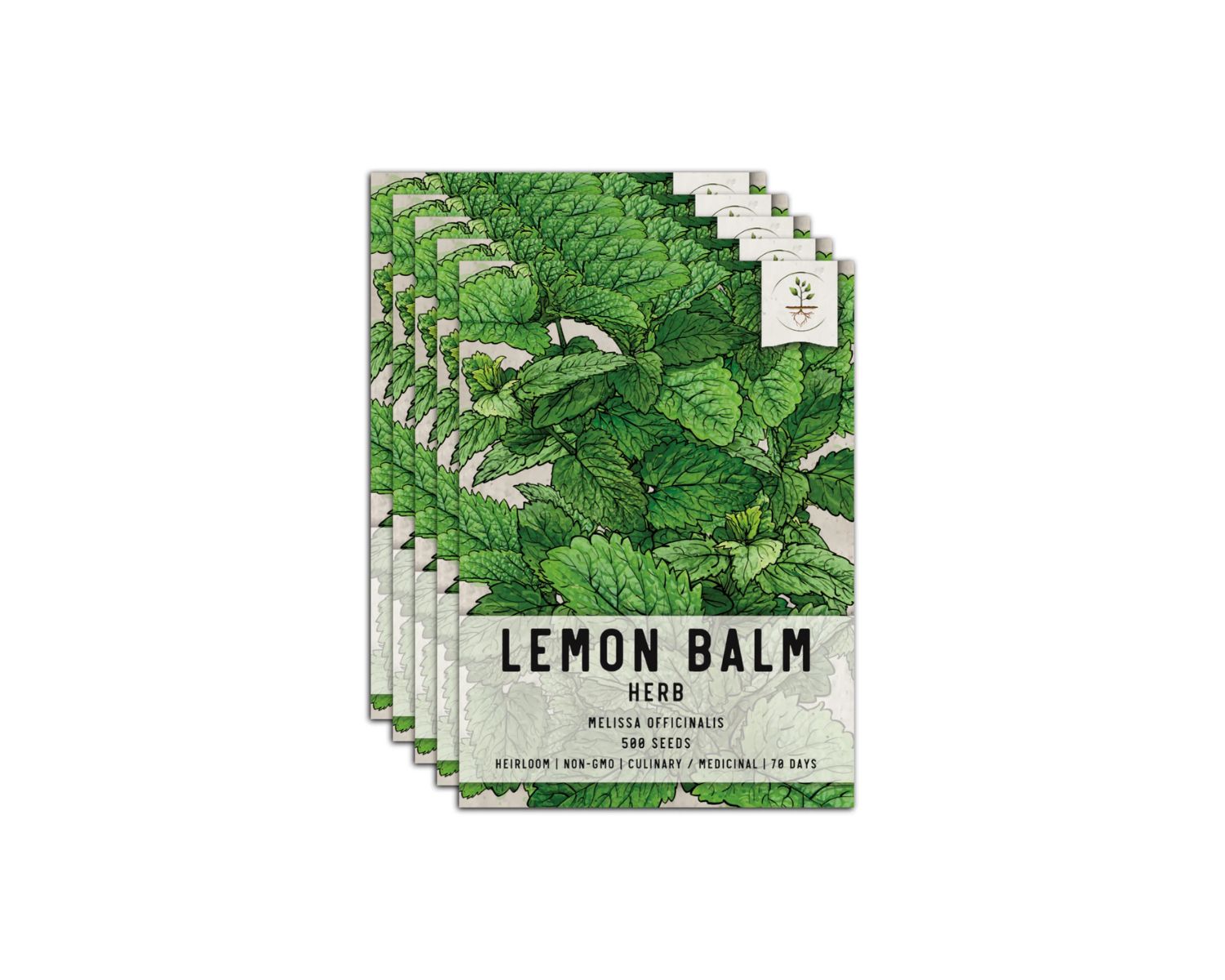

Garden Essentials
How To Grow Lemon Balm Seeds
Modified: March 16, 2024
Learn how to grow lemon balm from seeds in your garden and enjoy its aromatic leaves for teas and culinary uses.
(Many of the links in this article redirect to a specific reviewed product. Your purchase of these products through affiliate links helps to generate commission for Storables.com, at no extra cost. Learn more)
Introduction
Welcome to the world of lemon balm, a versatile and aromatic herb that can bring a delightful touch to your garden. Whether you are an experienced gardener or a beginner, growing lemon balm from seeds is a rewarding and enjoyable experience. Known for its refreshing citrus fragrance, lemon balm is not only aesthetically pleasing, but it also offers a range of health benefits.
In this article, we will guide you through the process of growing lemon balm from seeds, providing essential tips and insights to ensure a successful harvest. From selecting the right seeds to maintaining the ideal growing conditions, we will cover everything you need to know to nurture these wonderful plants.
Before we dive in, let’s take a moment to learn more about lemon balm. Also known as Melissa officinalis, lemon balm is a member of the mint family and is native to the Mediterranean region. It is revered for its calming properties and is often used in teas, tinctures, and culinary creations.
The lemony aroma and delicate flavor of lemon balm make it a versatile herb in the kitchen. It can add a refreshing twist to salads, beverages, and desserts, while also being a key ingredient in herbal remedies. Lemon balm is believed to have soothing properties, promoting relaxation and aiding in digestion, making it a favorite among herbal enthusiasts.
Now that we have sparked your interest, let’s move on to the first step in growing lemon balm from seeds: selecting the right seeds.
Key Takeaways:
- Growing lemon balm from seeds is a rewarding experience. Choose high-quality seeds, prepare the soil, and provide proper care to enjoy the refreshing fragrance and versatile uses of this aromatic herb.
- Harvesting lemon balm leaves at the right time and storing them properly allows you to enjoy their delightful flavor in beverages and culinary creations, as well as benefit from their soothing herbal properties.
Selecting Lemon Balm Seeds
When it comes to selecting lemon balm seeds, it is crucial to choose high-quality seeds to ensure healthy and vigorous plant growth. Here are some key factors to consider:
- Source: Look for reputable seed suppliers or nurseries that offer a wide variety of herb seeds. Opt for organic or heirloom lemon balm seeds if possible, as they tend to have higher germination rates and better flavor.
- Germination Rate: Check the germination rate of the lemon balm seeds before making a purchase. This information is usually available on the seed packet or product description. Aim for seeds with a germination rate of 70% or higher to increase your chances of successful sprouting.
- Freshness: Choose fresh lemon balm seeds, as they have a higher chance of germinating successfully. Check the expiration date on the seed packet or inquire about the seed’s age if purchasing from a nursery.
- Variety: Lemon balm comes in different varieties, each with its own unique characteristics. Consider selecting a variety based on your preferences and intended use. Common lemon balm varieties include ‘Lemon Queen,’ ‘Variegated Lemon Balm,’ and ‘Aurea.’
Once you have selected your lemon balm seeds, it’s time to prepare the soil for planting.
Preparing the Soil
A well-prepared soil is crucial for the successful growth of lemon balm plants. Lemon balm thrives in fertile, well-draining soil with a slightly acidic to neutral pH level. Here’s what you need to do to prepare the soil:
- Clean the Area: Remove any weeds, rocks, or debris from the area where you plan to grow lemon balm. This will create a clean and clutter-free space for the plants to thrive.
- Loosen the Soil: Use a garden fork or a tiller to loosen the soil. This will improve aeration and drainage, providing an ideal environment for the roots to grow deep and strong.
- Amend the Soil: If your soil is heavy or clay-like, amend it with organic matter such as compost or well-rotted manure. This will improve the soil’s structure and nutrient content, helping the lemon balm plants establish healthy roots.
- Test the pH: Lemon balm prefers a slightly acidic to neutral pH level between 6.0 and 7.0. Test the pH of your soil using a soil testing kit, available at most garden centers. If the pH is too acidic or alkaline, make the necessary adjustments using soil amendments like lime or sulfur.
- Level the Soil: After amending the soil and adjusting the pH, level the soil surface using a rake. This will create a smooth, even bed for planting the lemon balm seeds.
With the soil prepared, we can now move on to planting the lemon balm seeds.
Planting Lemon Balm Seeds
Now that your soil is ready, it’s time to plant your lemon balm seeds. Follow these steps to ensure successful germination and healthy plant growth:
- Sowing Time: Lemon balm seeds can be started indoors or directly sown outdoors, depending on your preference and climate. If you choose to start indoors, sow the seeds 6-8 weeks before the last frost date in your area. If you sow directly outdoors, wait until the soil has warmed up and there is no longer a risk of frost.
- Seed Depth: Lemon balm seeds are small and should be sown shallowly. Plant the seeds about 1/4 inch deep in the prepared soil. Lightly cover them with a thin layer of soil or vermiculite.
- Spacing: Space your lemon balm seeds about 12-18 inches apart to allow for proper airflow and growth. If you plan to grow multiple rows, ensure there is enough space between each row as well.
- Watering: After planting the seeds, give the soil a gentle watering to ensure good seed-to-soil contact. Use a fine mist or gentle spray to avoid displacing the seeds or causing them to wash away.
- Label and Mulch: To keep track of your lemon balm plants and protect the soil’s moisture, label the planted area and apply a light layer of organic mulch such as straw or shredded leaves.
- Provide Proper Lighting: Lemon balm requires at least 6-8 hours of sunlight per day for optimal growth. If you are starting indoors, place the seed trays or pots in a sunny window or use fluorescent grow lights.
Now, all you need to do is monitor the soil moisture and wait for the seeds to germinate. Once the seedlings have emerged, it’s important to provide proper care and maintenance.
Plant lemon balm seeds in well-draining soil, keep them moist but not waterlogged, and place them in a sunny spot. Once they sprout, thin them to 12-18 inches apart for best growth.
Watering and Fertilizing Lemon Balm
Proper watering and fertilization are essential for the healthy growth of lemon balm plants. Here’s what you need to know to keep your lemon balm thriving:
Watering:
- Consistency: Lemon balm prefers moist soil, so it’s important to water consistently. Aim to keep the soil evenly moist, but not waterlogged. Avoid letting the soil dry out completely between waterings, as this can lead to stress and affect the plant’s growth.
- Frequency: Water the lemon balm plants deeply, ensuring the water reaches the root zone. Depending on the climate and weather conditions, you may need to water 1-2 times per week. Adjust the frequency based on the moisture levels in the soil.
- Early Morning Watering: It’s best to water lemon balm in the early morning to allow the foliage to dry before evening. Moist leaves can attract pests and increase the risk of diseases.
Fertilizing:
- Organic Matter: Lemon balm is not a heavy feeder, but it can benefit from the addition of organic matter. Apply a layer of compost or well-rotted manure around the base of the plants once or twice a year to provide a slow-release source of nutrients.
- Slow-Release Fertilizer: If you prefer using fertilizers, choose a balanced, slow-release fertilizer with an NPK ratio of around 10-10-10. Follow the instructions on the fertilizer package for application rates and timings.
- Avoid Excessive Nitrogen: Avoid using fertilizers high in nitrogen, as they can stimulate excessive leaf growth at the expense of essential oil production.
Regularly monitor the moisture levels in the soil and check for any signs of nutrient deficiencies or excesses in the plants. Adjust the watering and fertilization accordingly to ensure your lemon balm is healthy and productive.
Read more: How To Grow Lemon Seeds
Managing Pests and Diseases
As with any plant, lemon balm is susceptible to pests and diseases. However, with proper prevention and management, you can keep these issues at bay. Here are some common pests and diseases that may affect lemon balm, along with techniques to manage them:
Pests:
- Aphids: These small, soft-bodied insects can cluster on the new growth of lemon balm plants, sucking sap and causing distorted leaves. Use insecticidal soap or a strong jet of water to dislodge them.
- Spider mites: These tiny pests can cause fine webbing and yellowing leaves. Use a strong spray of water to remove them from the plants or use insecticidal soap or neem oil if the infestation is severe.
- Slugs and Snails: These pests feed on the leaves of lemon balm, leaving behind irregular holes. Use organic slug and snail baits or create barriers like copper tape to protect your plants.
Diseases:
- Powdery Mildew: This fungal disease appears as a white, powdery coating on the leaves. Provide adequate spacing between the plants for good airflow and avoid overhead watering. If necessary, use a fungicide labeled for powdery mildew.
- Root Rot: Overwatering or poorly draining soil can lead to root rot, a condition where the roots become mushy and start to decay. Ensure proper drainage and avoid overwatering to prevent this issue.
- Leaf Spot: Leaf spot is characterized by dark-colored spots or lesions on the leaves. Remove infected leaves promptly and avoid overhead watering to minimize the spread of the disease.
Regularly inspect your lemon balm plants for signs of pests and diseases. Early detection and intervention can prevent further damage and ensure the health of your plants.
Harvesting Lemon Balm Crops
Once your lemon balm plants have reached a mature stage, it’s time to start harvesting the flavorful leaves. Here’s how to properly harvest your lemon balm crops:
- Timing: Lemon balm leaves can be harvested once the plant has reached a height of about 12 inches. For the best flavor and aroma, harvest the leaves just before the plant starts to produce flowers.
- Leaf Selection: Choose mature, healthy leaves for harvesting. Avoid picking the young, tender leaves as they are essential for the plant’s growth and vitality.
- Harvesting Method: Use a pair of sharp scissors or pruning shears to cut the stalks just above a leaf node. This method promotes new growth and ensures the plants remain bushy and productive.
- Pruning: If you want to harvest large quantities of lemon balm, consider pruning the plants by cutting them back to a few inches above the ground. This encourages fresh growth and allows for multiple harvests throughout the growing season.
- Storage: After harvesting, gently rinse the leaves with cool water to remove any dirt or debris. Pat them dry with a clean towel or use a salad spinner. Store the leaves in airtight containers or freeze them for later use. Alternatively, you can also dry the leaves in a cool, dark place and store them in airtight containers for future use in teas and culinary preparations.
By harvesting your lemon balm properly, you can enjoy the fresh, fragrant leaves in various culinary creations or for their soothing herbal properties.
Conclusion
Congratulations! You have now learned the ins and outs of growing lemon balm from seeds. With the right knowledge and care, you can cultivate this versatile and aromatic herb in your own garden and reap the rewards of its refreshing fragrance and multitude of uses.
From selecting high-quality seeds and preparing the soil to planting, watering, fertilizing, and managing pests and diseases, each step plays a crucial role in the success of your lemon balm journey. Remember to provide your lemon balm plants with the right growing conditions, including adequate sunlight, well-draining soil, and consistent moisture.
As you watch your lemon balm grow and thrive, don’t forget to harvest the flavorful leaves at the right time and store them properly for future use. Whether it’s adding a refreshing twist to your favorite beverage, enhancing the flavor of your culinary creations, or enjoying the calming effects of lemon balm in herbal remedies, this herb is sure to bring joy and delight to your gardening and everyday life.
So go ahead, venture into the world of lemon balm cultivation and discover the wonders this herb has to offer. Happy growing!
Frequently Asked Questions about How To Grow Lemon Balm Seeds
Was this page helpful?
At Storables.com, we guarantee accurate and reliable information. Our content, validated by Expert Board Contributors, is crafted following stringent Editorial Policies. We're committed to providing you with well-researched, expert-backed insights for all your informational needs.
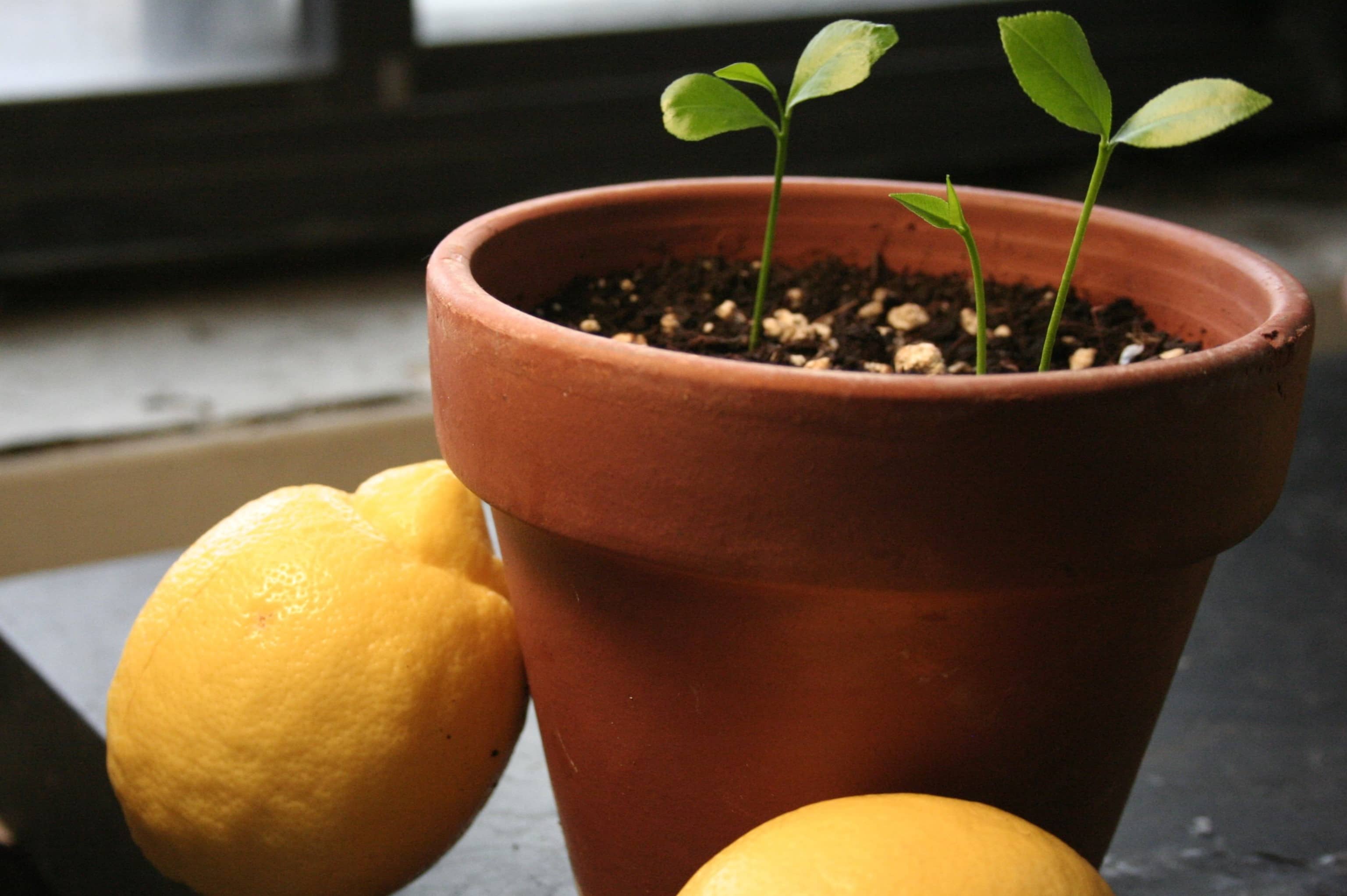
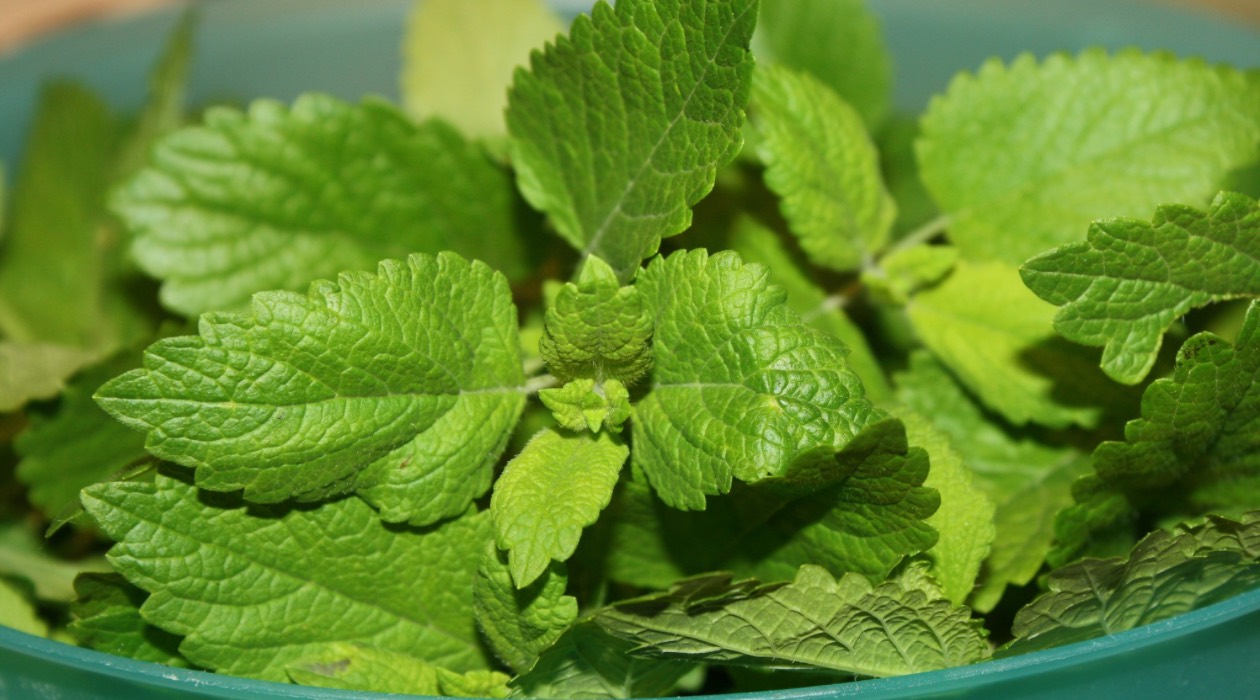
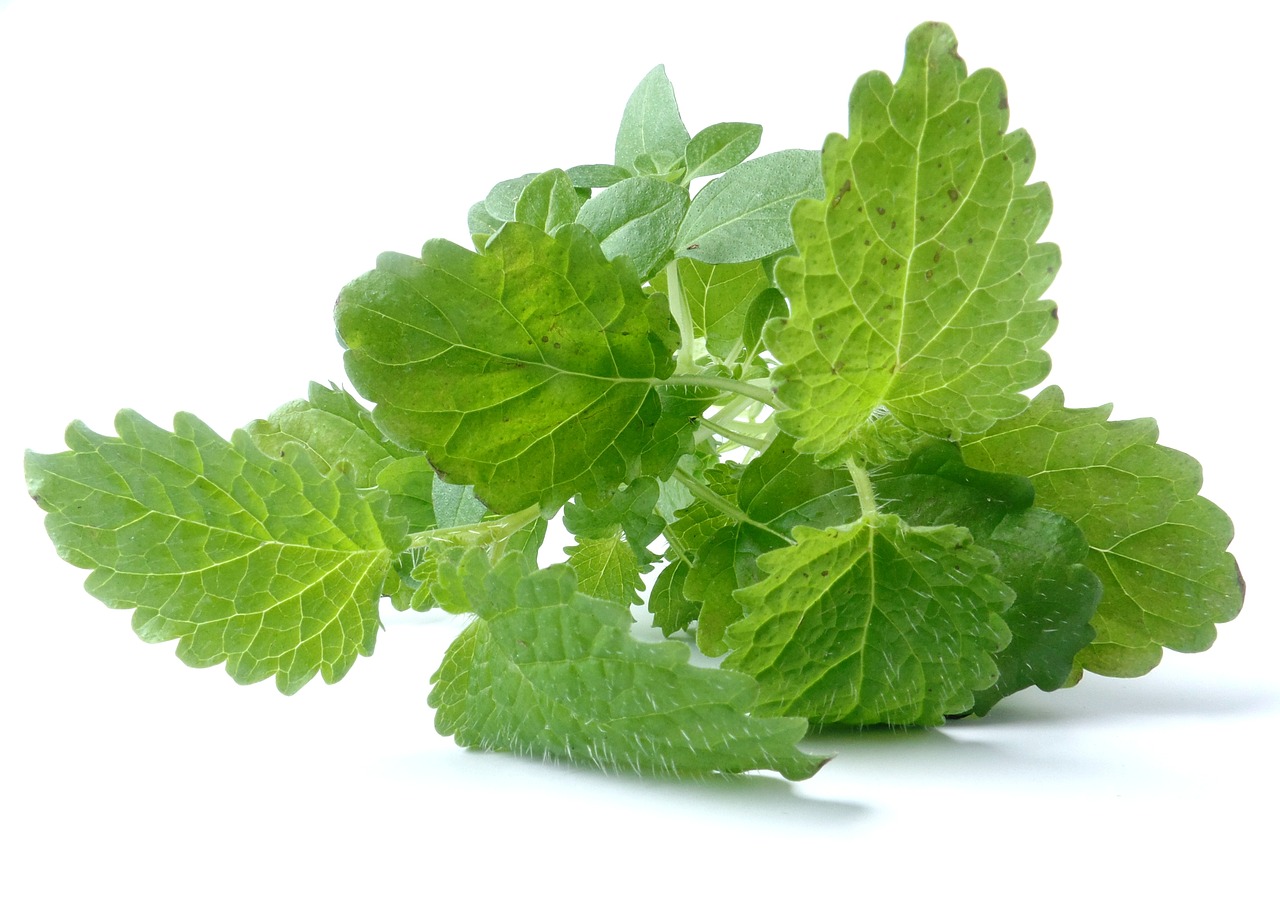
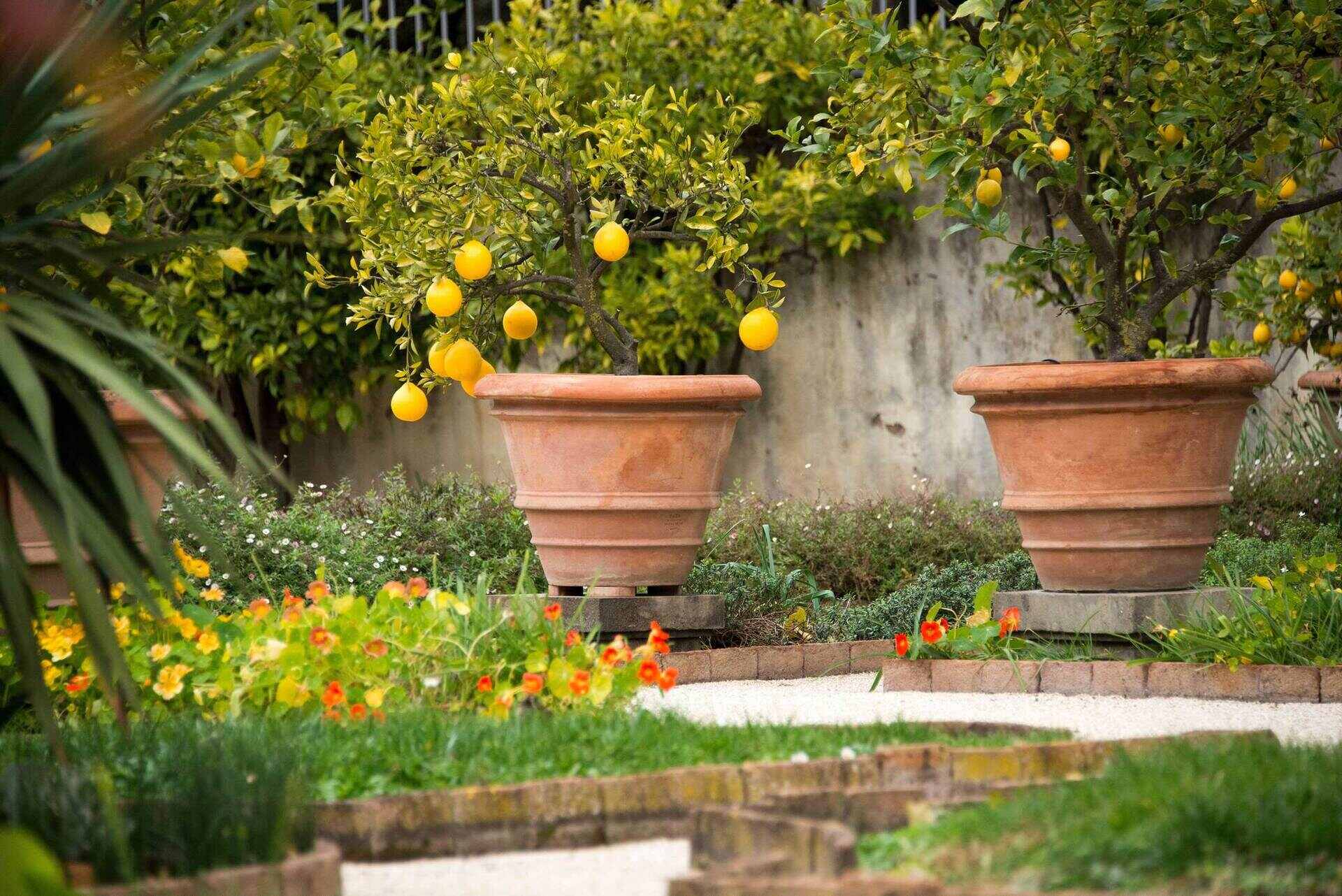
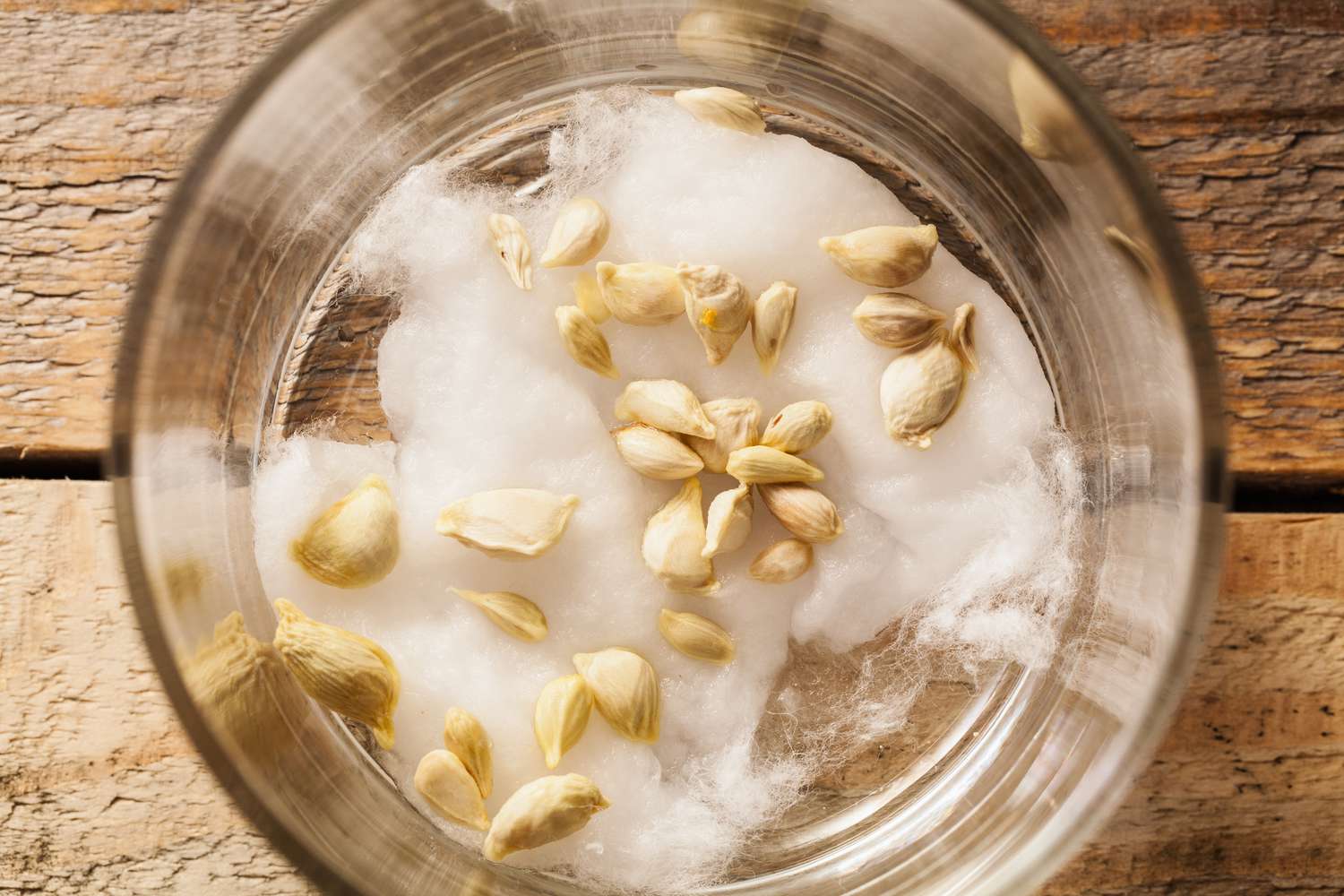
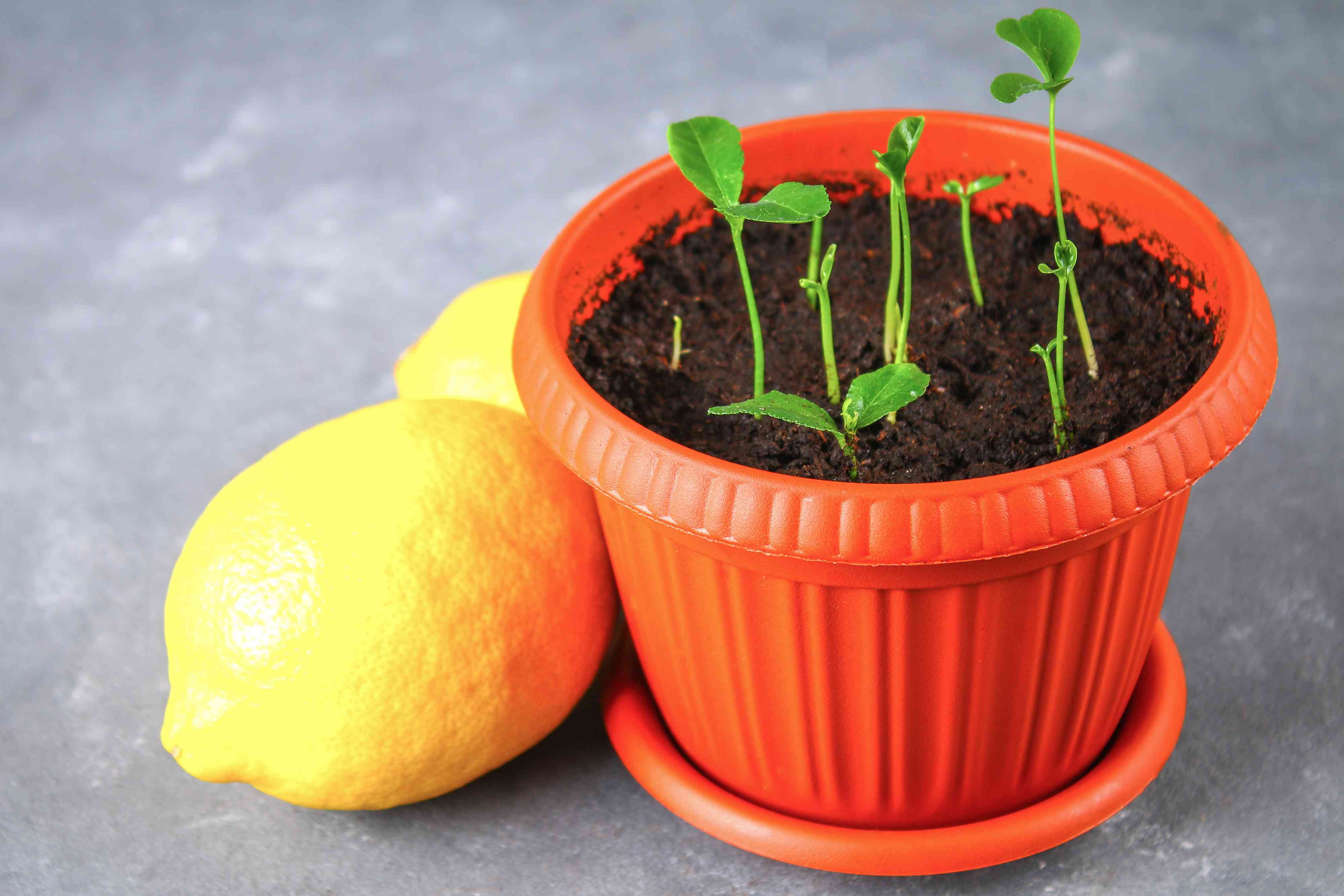
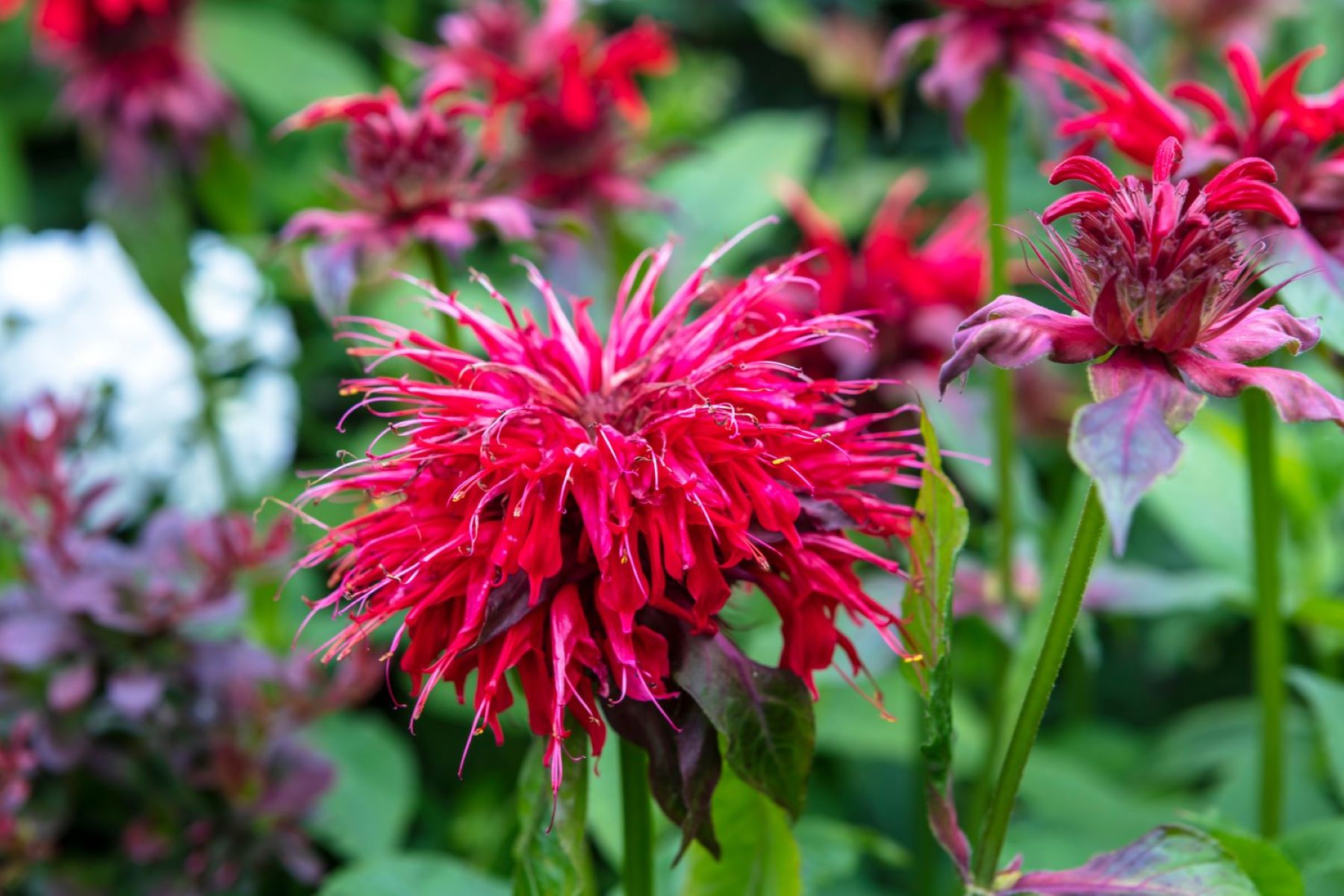
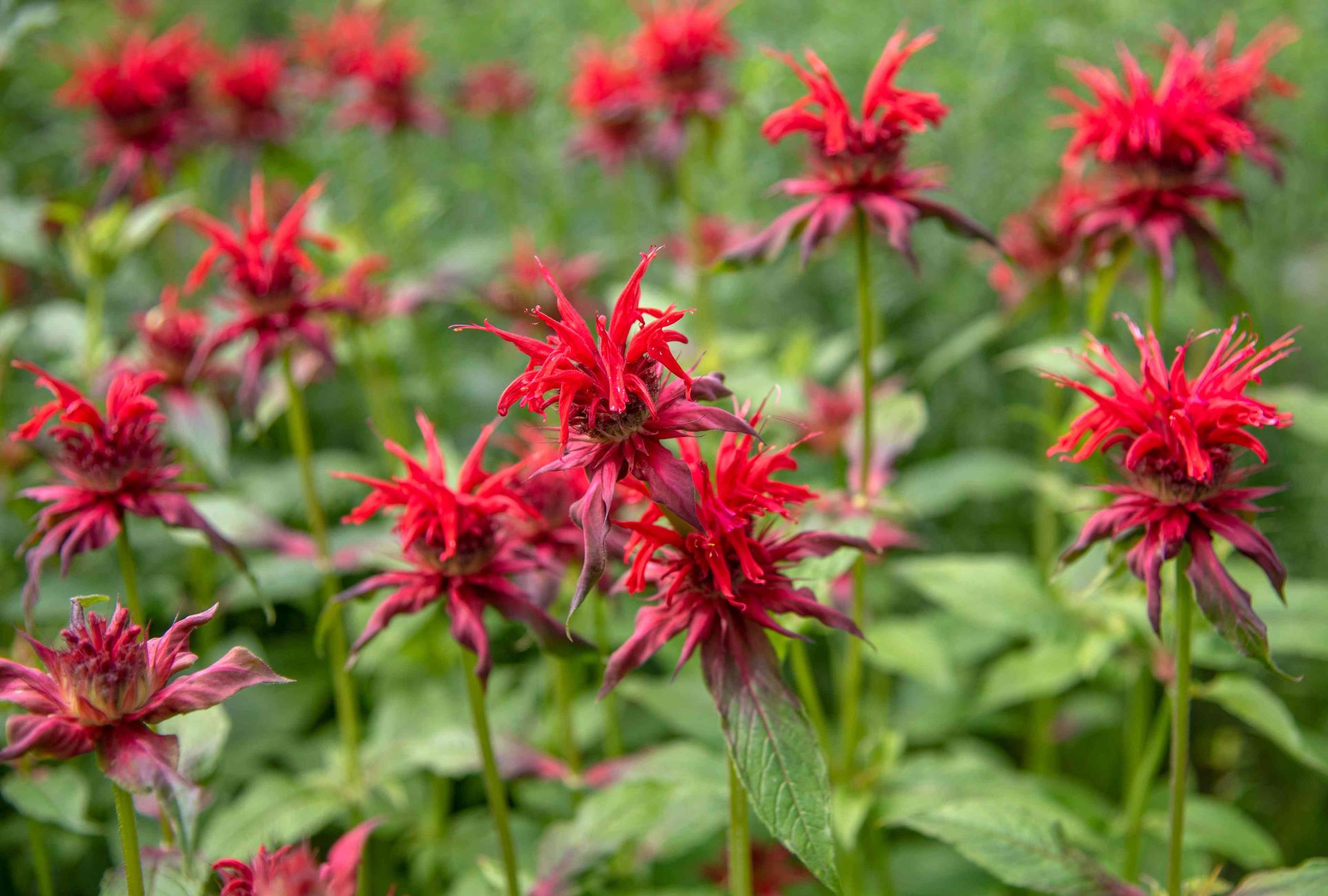
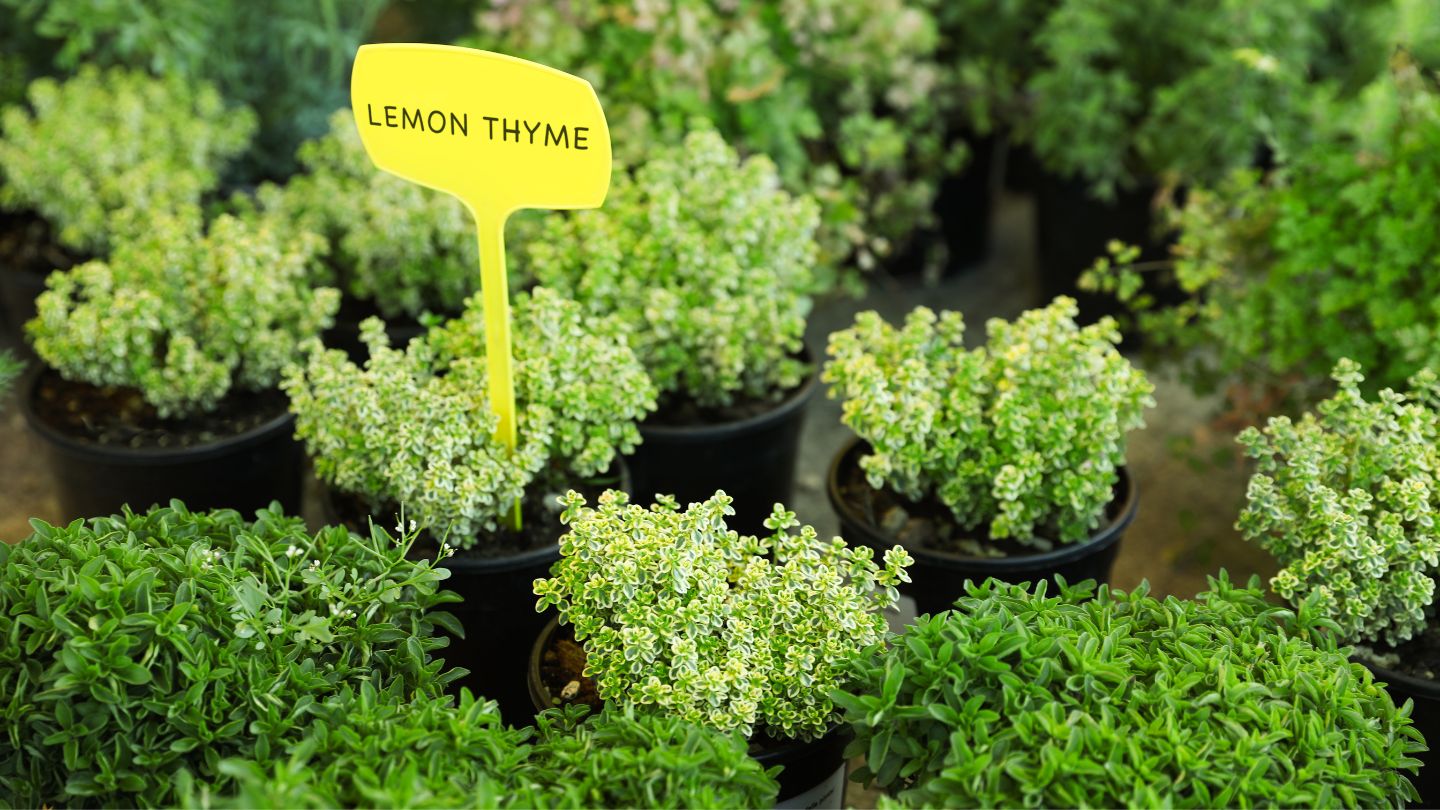
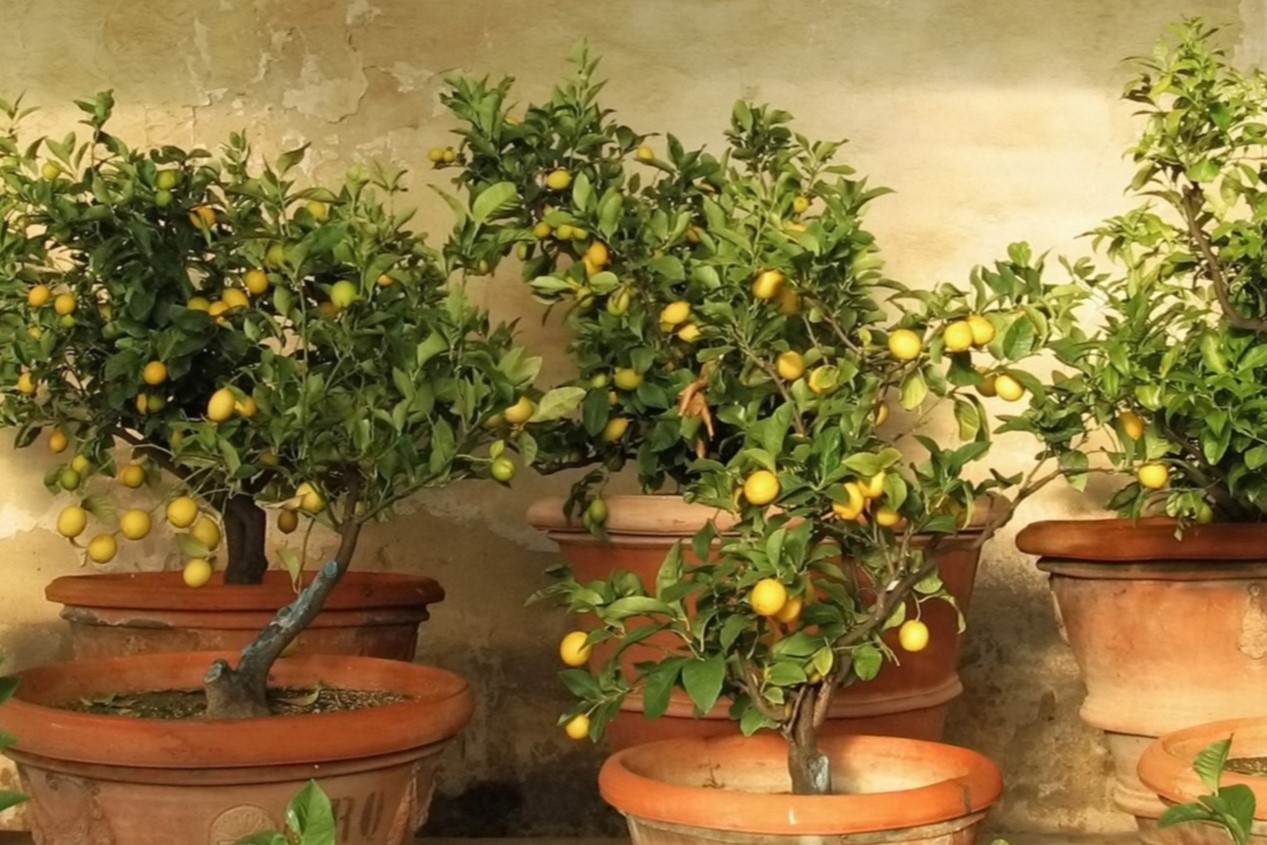
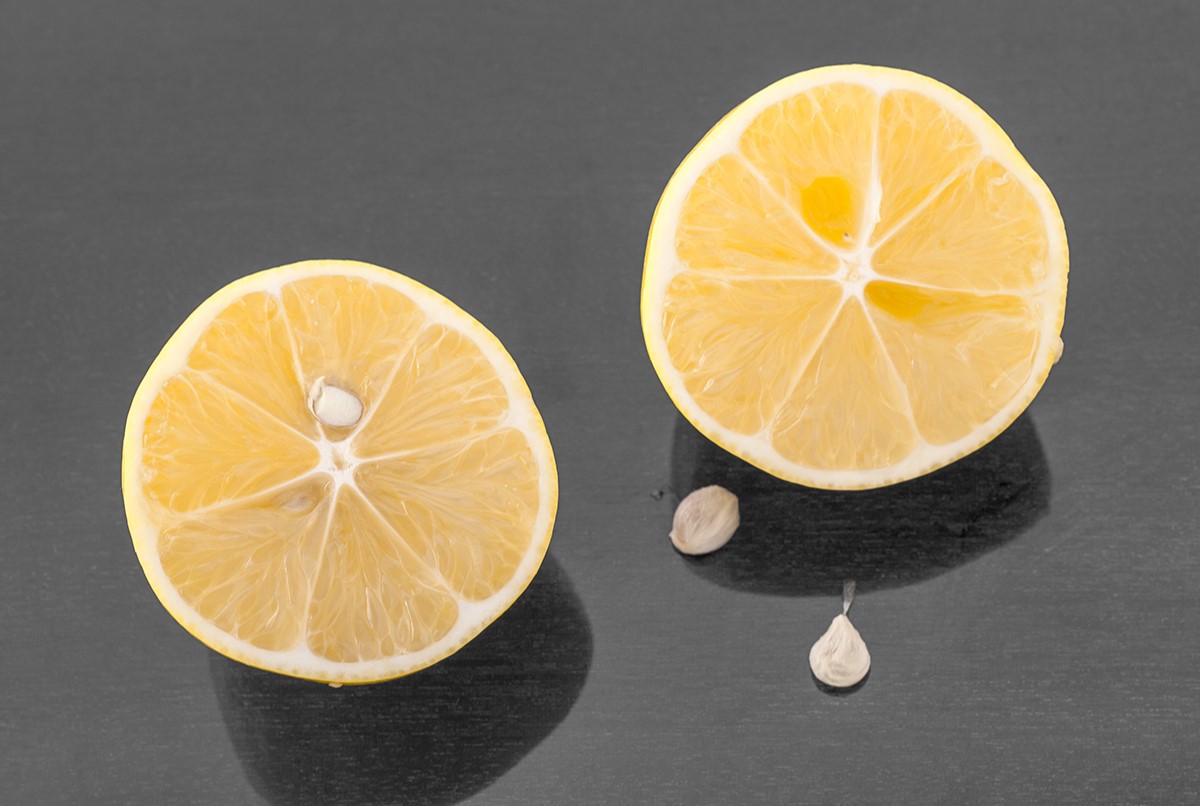
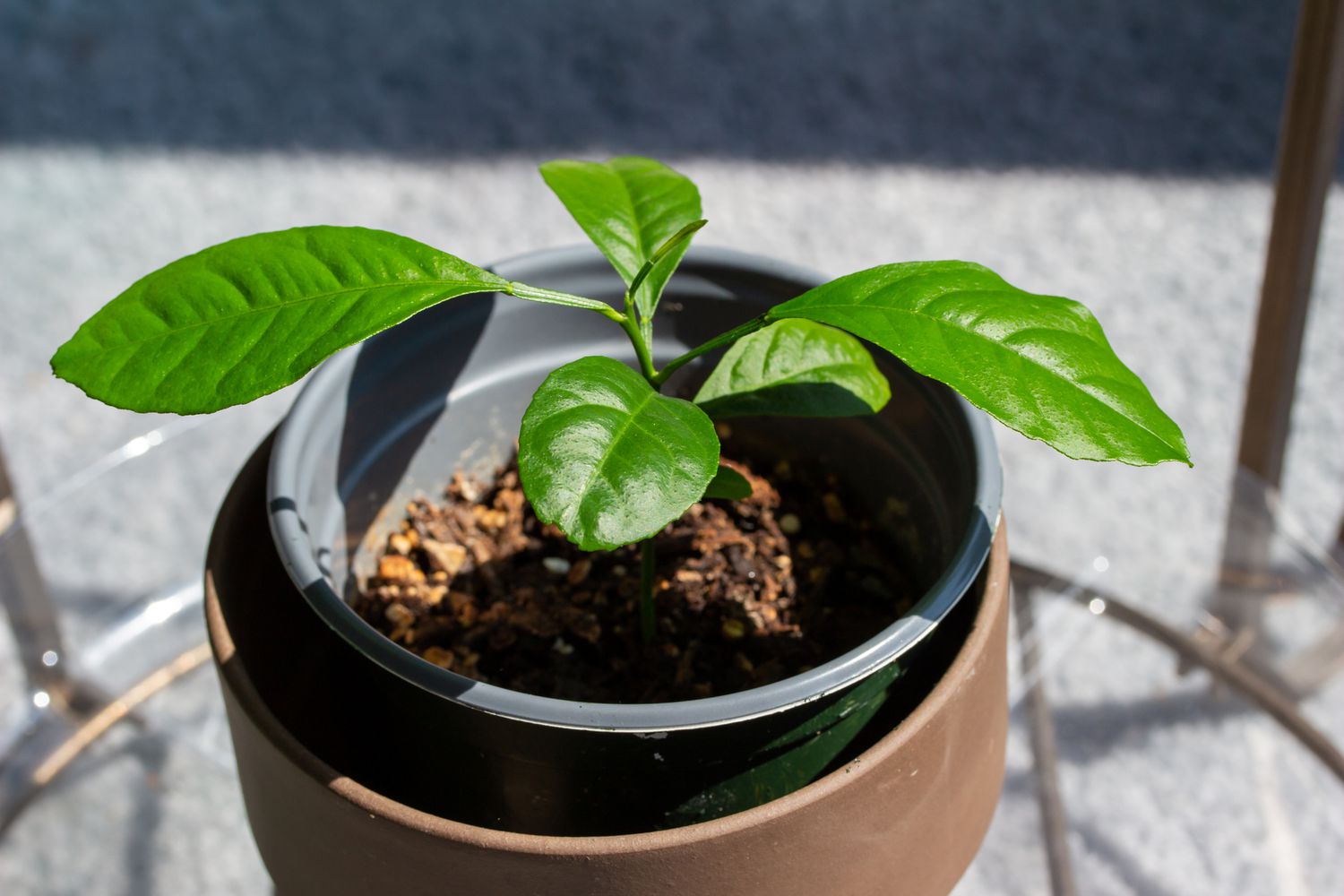
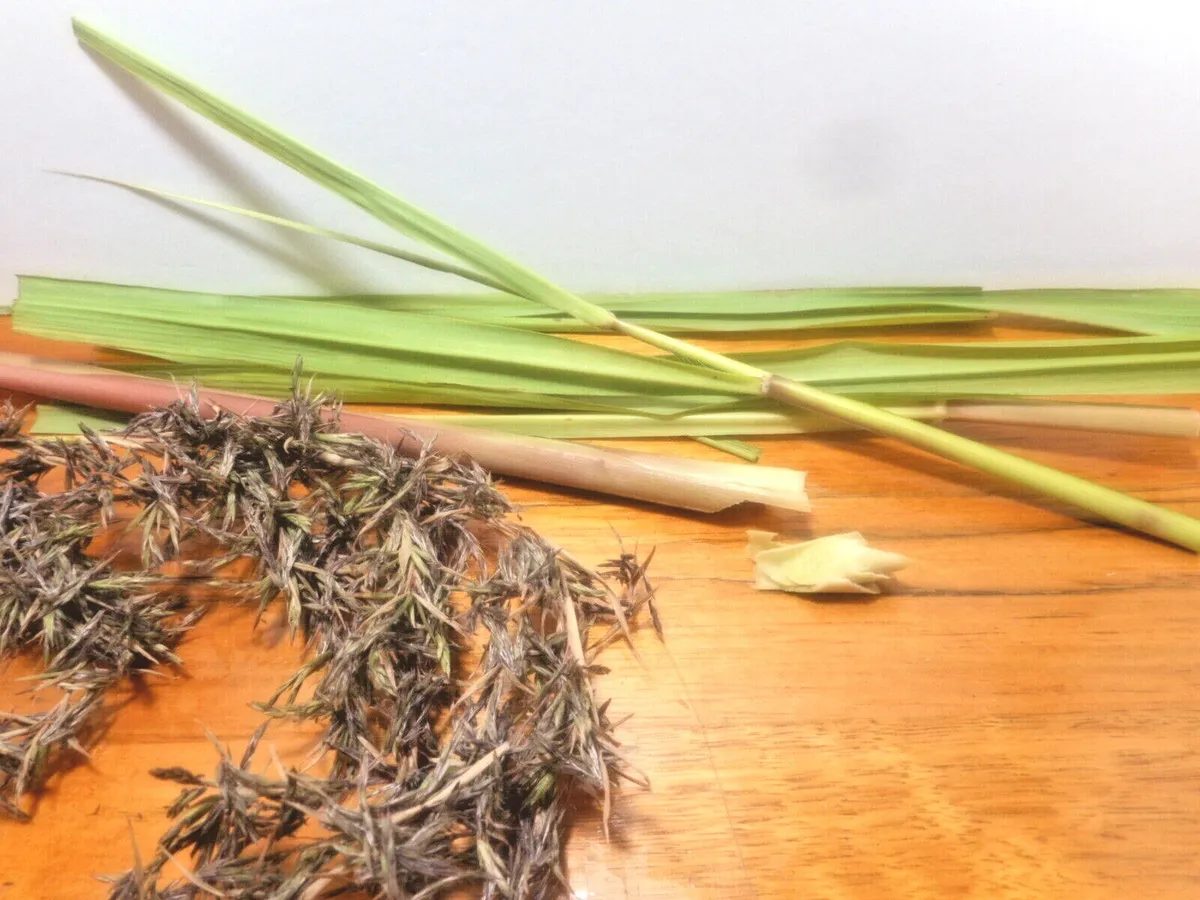
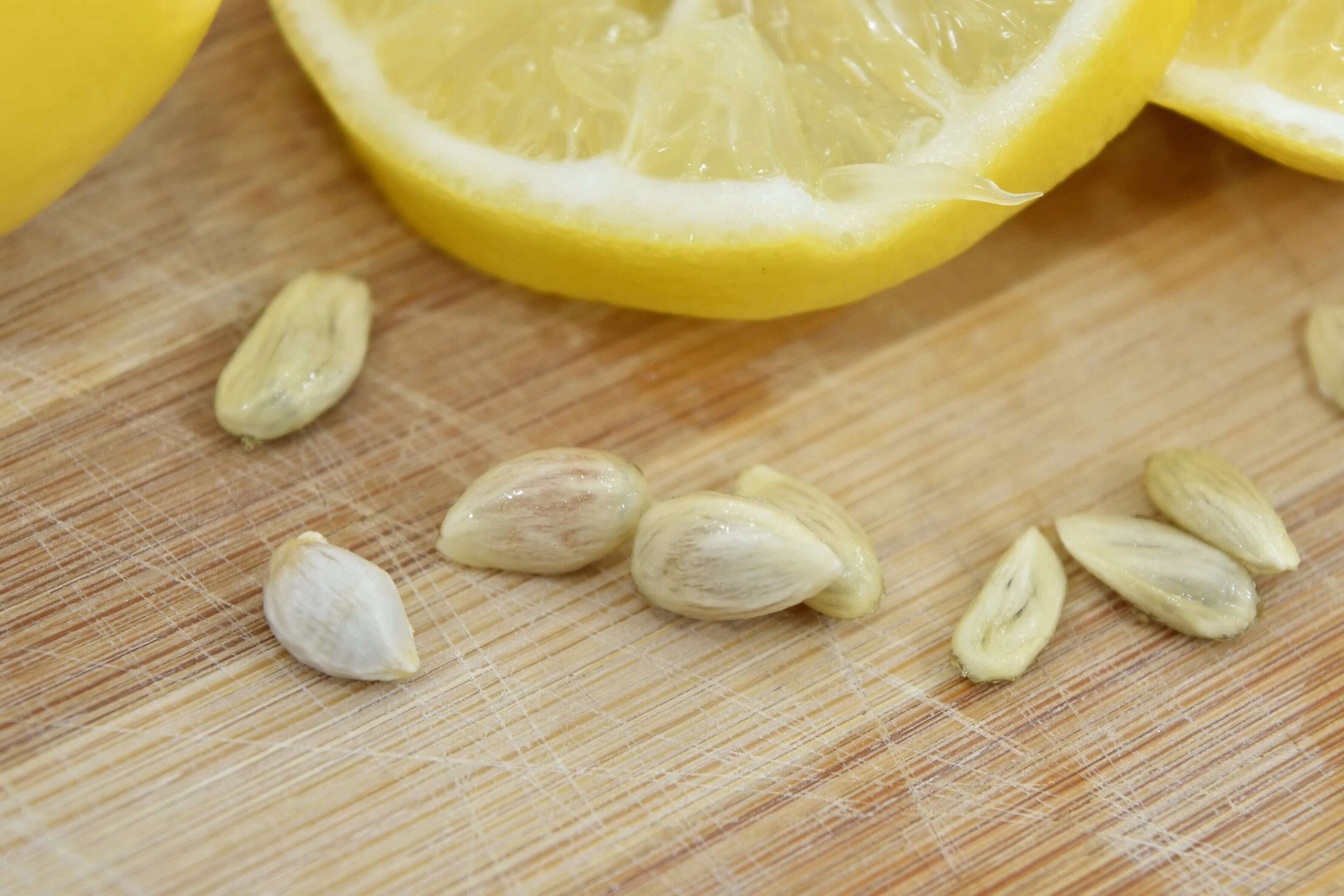

0 thoughts on “How To Grow Lemon Balm Seeds”